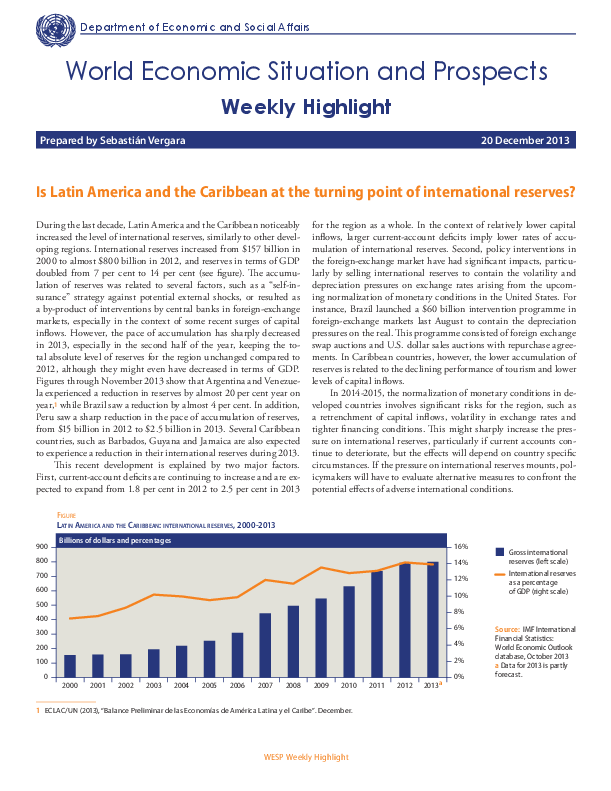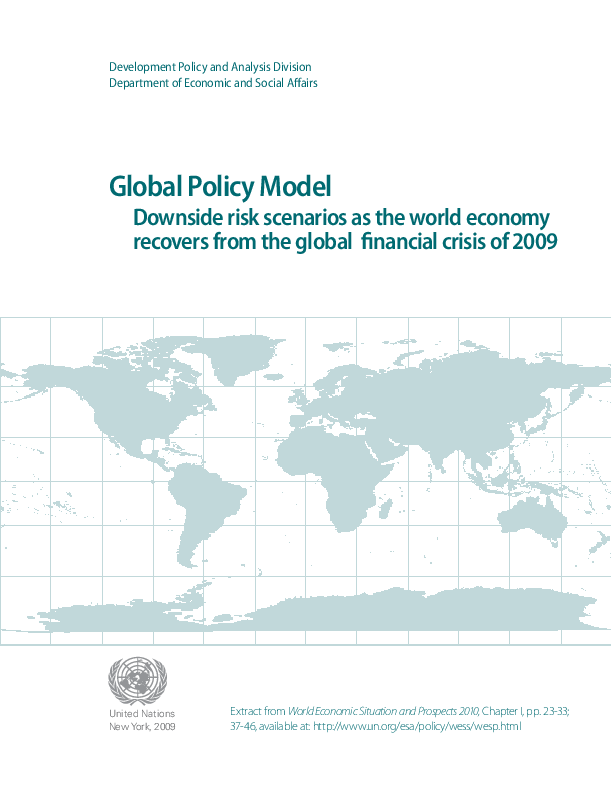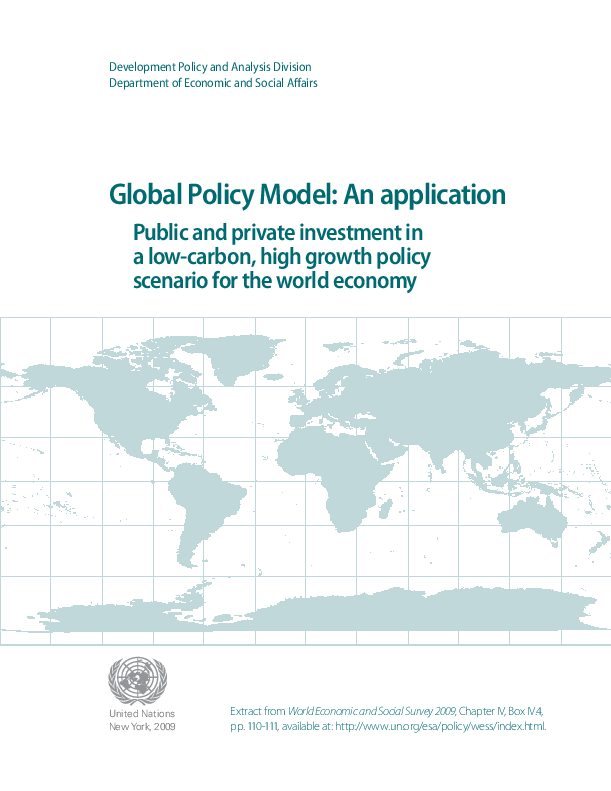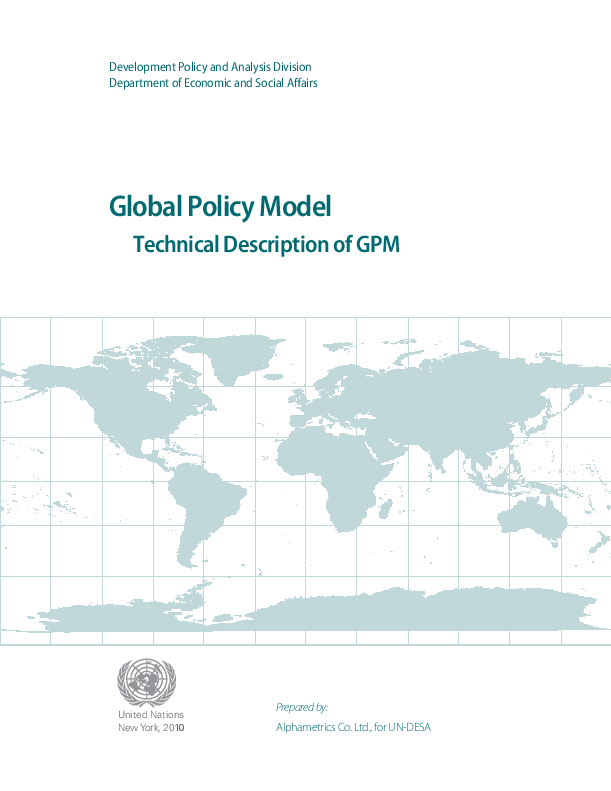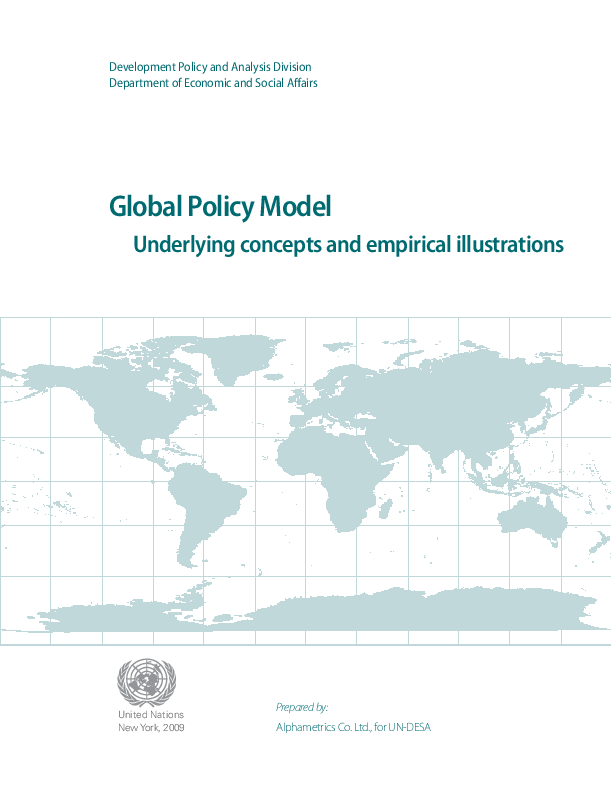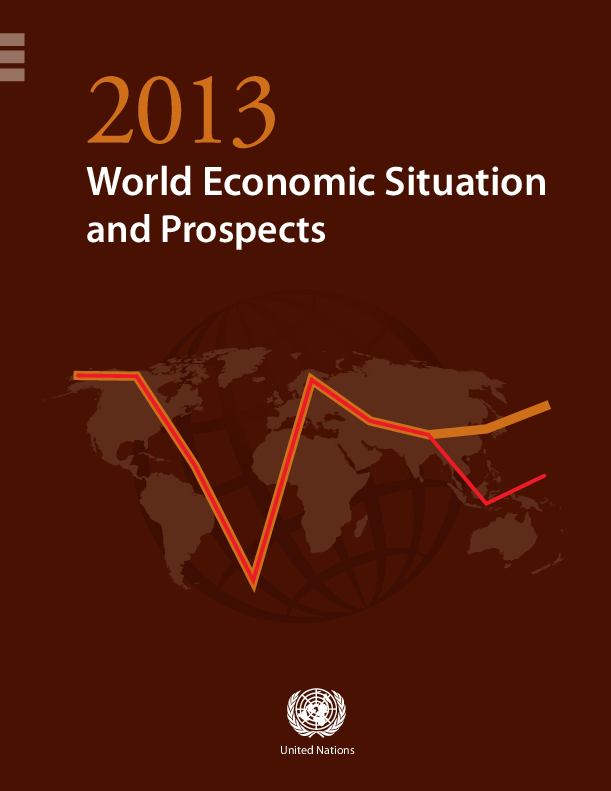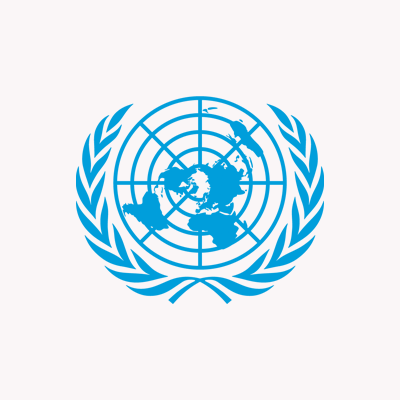Publications
Displaying 1 - 10 of 86
WEFM is used for globally consistent short-term projections at country level. The Global Policy Model
The Global Policy Model (GPM) is a tool for investigation of policy scenar
WEFM is used for globally consistent short-term projections at country level. The Global Policy Model
The Global Policy Model (GPM) is a tool for investigation of policy scenar
WEFM is used for globally consistent short-term projections at country level. The Global Policy Model
The Global Policy Model (GPM) is a tool for investigation of policy scenar
WEFM is used for globally consistent short-term projections at country level. The Global Policy Model
The Global Policy Model (GPM) is a tool for investigation of policy scenar
WEFM is used for globally consistent short-term projections at country level. The Global Policy Model
The Global Policy Model (GPM) is a tool for investigation of policy scenar
WEFM is used for globally consistent short-term projections at country level. The Global Policy Model
The Global Policy Model (GPM) is a tool for investigation of policy scenar
 Welcome to the United Nations
Welcome to the United Nations
